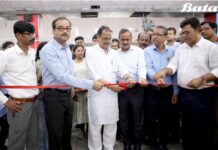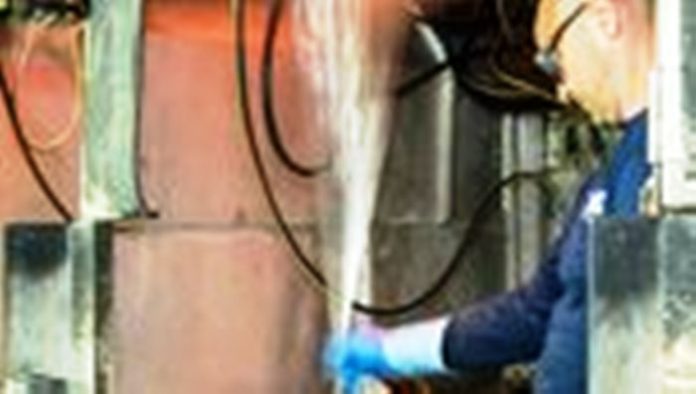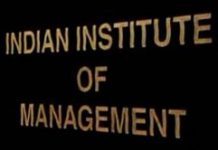New Durethan ECO polyamide product range featuring fibers from waste glass
- Certified by ecoloop in accordance with the mass balance method
- Conserving raw materials, less greenhouse gases
- Material properties identical to those of conventional virgin quality material
- Range of products containing a high percentage of recycled material continues to grow
New Delhi, July 09, 2020: Specialty chemicals company LANXESS is increasingly making use of recycled raw materials in the production of its thermoplastic compounds and composites. “We want to help make the switch from a throw-away society to a circular economy. Our goal is to make more and more of our plastic products sustainable so that we can make our growth less dependent on the consumption of finite resources, improve our carbon footprint and protect the environment,” explains Dr. Guenter Margraf, global product manager at the company’s High Performance Materials (HPM) business unit.
Dure than ECOBKV30H2.0, ECOBKV35H2.0 and ECOBKV60XF are the most recent examples of products made in line with this strategy. Recycled fibers manufactured from waste glass make up 30%, 35% and 60% by weight respectively of these three new polyamide 6 compounds. Ecocycle, an independent inspection company, has examined the amount of recycled material in each compound and the long-term use of the glass waste stream using the mass balance method and awarded an ecoloop certificate in accordance with ISO 14021:2016. The glass comes from waste left over from glass fiber production (post-industrial recycling).
Mass balance method comes with benefits for processors
The mass balance approach is derived from an initiative launched by the non-profit Ellen MacArthur Foundation and is employed by companies around the world, including a number of plastic producers, for chemical recycling of post-industrial and post-consumer waste. With this process, recycled raw materials are incorporated into production together with the petrochemical or mineral feed stocks commonly used otherwise and then arithmetically allocated to the end product. The basic principle is similar to the way in which environmentally friendly electricity or gas is fed into the electricity grid or gas network. The amount of sustainably produced energy in the electricity grid rises with demand, although it is not possible to make any physical distinction between the sources of energy at single-household level. One point in the mass balance method’s favor is that the characteristics of the finished product – such as a polya mide compound reinforced with recycled waste glass fibers – are identical to those of virgin quality material. In other words, using the method does not mean sacrificing any product characteristics. “That means that an injection molder can process the compound using existing facilities just like the conventional product – and enjoy the sustainability benefits of the certified product at the same time,” says Margraf.
Focus on automotive applications
HPM’s primary target for the three new compounds is the automotive industry. As Margraf explains, “For instance, Durethan ECOBKV60XF offers exceptional strength and rigidity, which makes it suitable for manufacturing structural components such as front ends, pedal bearing brackets and A-, B- and C-pillars, as well as lightweight battery trays for electric vehicles.”
Polyamide 6 with reduced carbon footprint currently in development
HPM is going to be gradually increasing the number of ECO product types certified in accordance with the mass balance method. For example, it is planning to launch a new polyamide 6 with a glass fiber content of 30 percent and a reduced carbon footprint. The caprolactam required to produce this more environmentally friendly polyamide 6 is based on a selection of petrochemical raw materials which support this concern.
Corporate Comm India(CCI Newswire)




























